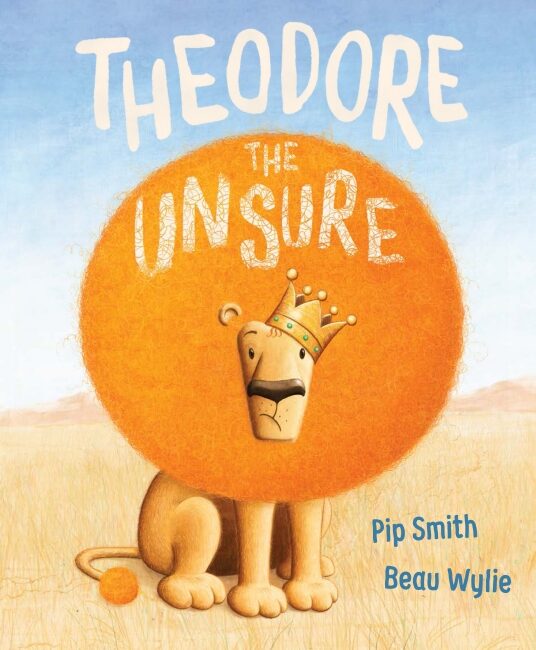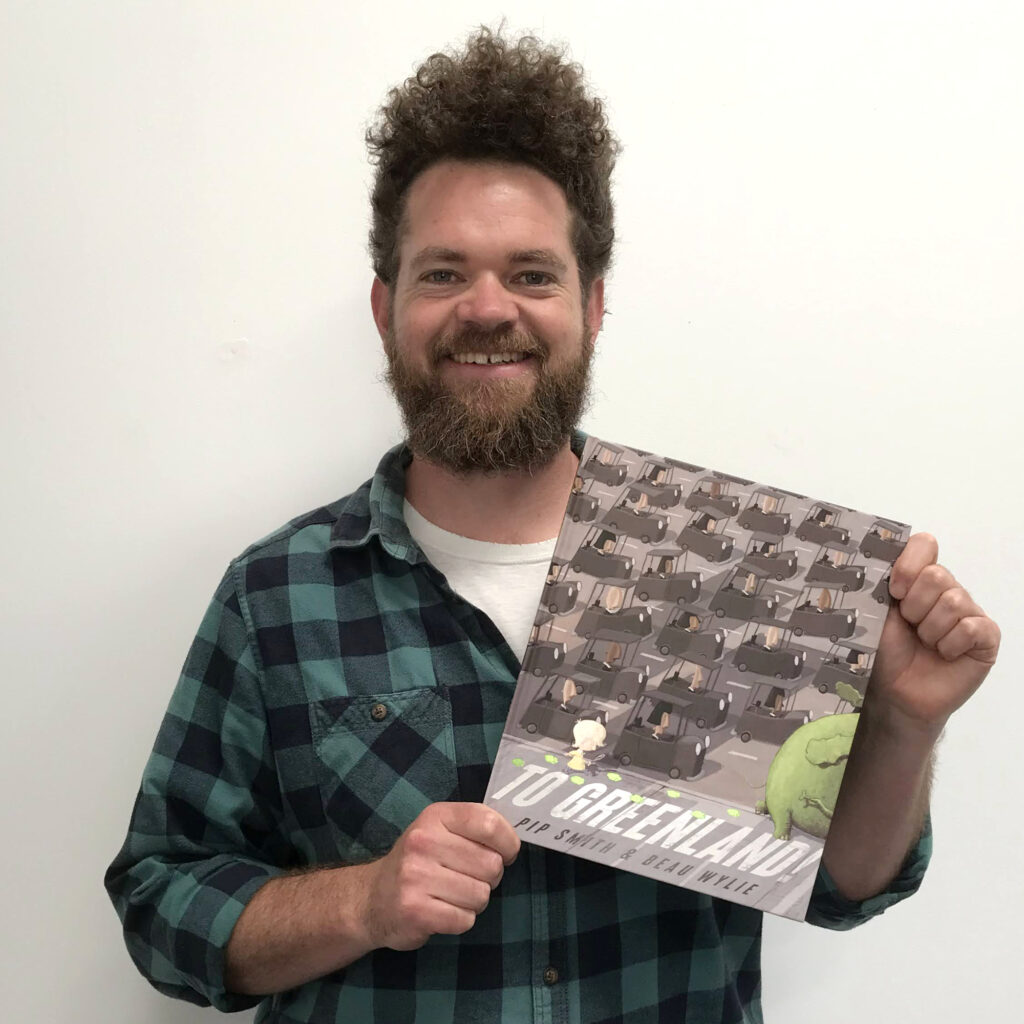

Illustrator Beau Wylie will be joining tutor Pip Smith, in our new course Writing for Kids: Picture Books and Children’s Fiction. We asked him to tell us a little about the art and process of illustrating children’s books.
FWA: How did you find your way into book illustration?
BW: I bounced around a lot before I gravitated toward illustration. I studied video and sound art at uni, painted yachts on Sydney Harbour and worked as an art installer at big galleries around Sydney, but it wasn’t until my second stint at uni, while studying architecture, that I realised I really enjoyed the drawing component. This coincided with working part time at a cute little bookshop (where I also met the author of Theodore the Unsure and To Greenland!, Pip Smith!) where I would spend hours paging through the collection of fantastic kids books. I quickly put two and two together and was soon selling my artworks at design markets and illustrating kids books.
FWA: What are the joys and challenges of working on a children’s illustrated book?
BW: The biggest challenge is planning and time management. Unlike the creation of an individual artwork where I have unlimited freedom and can make dramatic changes at any point in the process, it’s crucial in book illustrations that the artworks have a consistent style, and the characters are recognisably the same character throughout every page of the book. So if I make an adjustment on any illustration (even a minor one), I have to go back and change every other page too, which is really time consuming. So it’s crucial that I lock in how it’s all going to look before rendering the whole book (I’m still working on this skill to be honest).
My favourite part is the storyboarding. Manuscripts are usually quite concise and limited on visual direction, so I treat them like a seed that I plant in my head from which a new visual world grows. This is the time where there is the most creative freedom; I’ll sketch the idea in a number of different styles and perspectives. I find joy when putting myself in the shoes of the reader (child and adult), and in seeing how a story can read so differently just by flipping the order of pages or changing a visual viewpoint.
FWA: What does a successful collaboration with author entail? Is it influenced by personal compatibility, the nature of the story, or something else?
BW: I think a successful collaboration involves flexibility and an open creative mind, if either the writer or illustrator holds too tightly to their idea of how the final book should look or read then they miss out on the opportunity to experience the unexpected in the creative process, and I think that is the most important part, because typically the first idea you have is somewhat contrived. I also feel it’s just not fun working with someone who has blinders on, and if you can’t find joy in the making process, the final readers are unlikely to find it in your work either. I’ve been fortunate to work with authors and publishers who have been receptive when I’ve suggested cuts or additions to the manuscript, and I make a point of being equally receptive.
FWA: What is the key thing you hope students will learn from their experience working with you?
I hope that I can impart that creating a kids book is a balancing act between being methodical and letting yourself loose creatively, between having fun and being cutthroat with ideas that we love that are not working for the story. Mostly, I hope students can appreciate the benefits of letting the sense of wonder and intrigue we had as children back into our lives for a little while.
Writing for Kids: Picture Books and Children’s Fiction
with Pip Smith and guests including Beau Wylie and Anna McFarlane
ONLINE
20 February – 4 June 2024